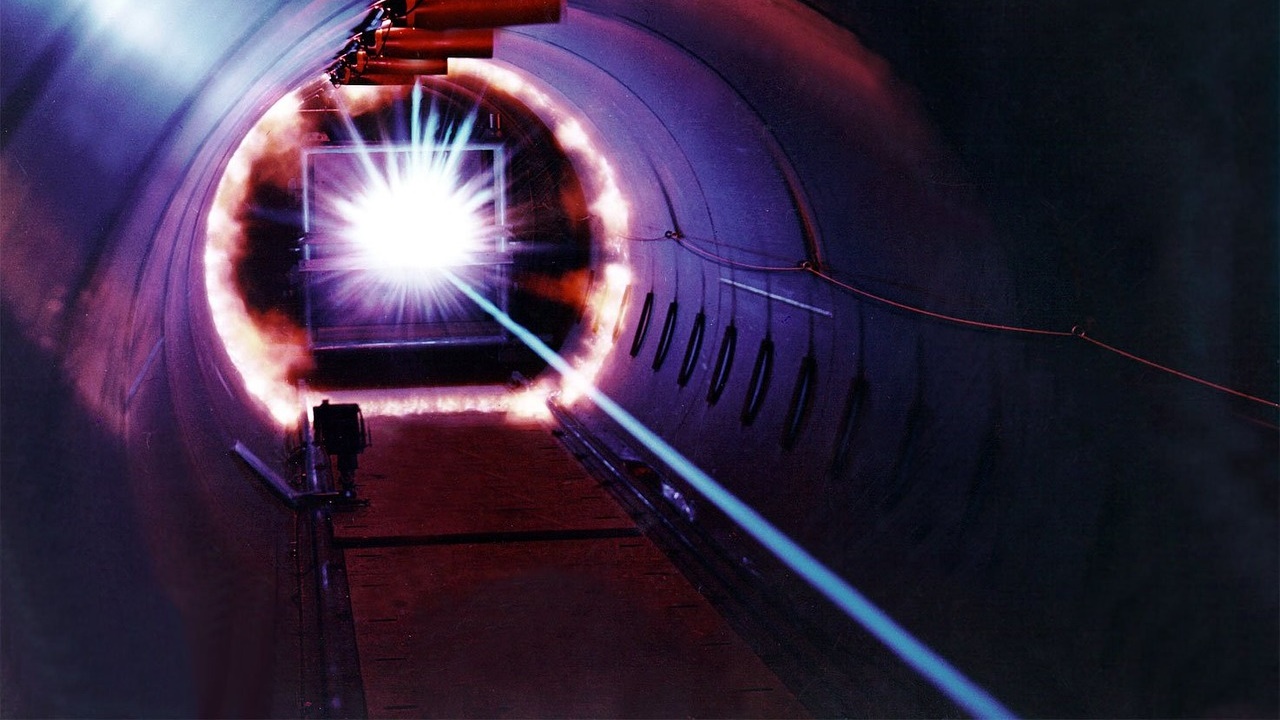- Structured light has great potential in various applications, but is prone to failure when passing through obstructions.
- Researchers from Italy and Wits have developed a novel technique for correcting the distortions that affect structured light.
- The process has immediate applications for imaging, sensing and communications.
There is a way to make fibre-optic internet even better, but it’s unfortunately prone to failure. Using patterns in light beams, one could load even more information than we currently do into light-based communications.
This is called structured light and a team of researchers at Wits University and Italy have demonstrated a way to send structured light through obstructions without compromising the data contained therein.
“These patterns, can, for instance, resemble shapes such as donuts and flower petals. Patterns with different numbers of petals can represent letters of the alphabet and, when observed on the other side, deliver the message,” says Professor Andrew Forbes, head of the Structured Light Laboratory in the School of Physics at Wits University.
Structured light can be compromised by a variety of factors including air turbulence, stressed fiber optic cables, biological tissue and much more. This can be overcome by applying the distortion the structured light encounters so that the interference is negated when encountered. This adds complexity to the process which is what the researchers from Wits and Italy believe they can overcome.
To do this, the team tested pairing a structured light beam with an unstructured light beam before being sent on its journey through a highly aberrated medium. This process is known as difference frequency generation and it produces one beam that shares the properties of the unstructured and structured beam when pushed through a nonlinear crystal.
“By paring these beams together, we have found that by passing them together into a nonlinear crystal, the beams naturally result in the beams correcting each other. The light, in other words, corrects the light, thereby keeping the integrity of the original data,” says Forbes.
“The output aberration is the difference of the two input aberrations, so that if they are the same then light can correct light with an output after the crystal that is aberration free,” says Forbes.
It’s a rather elegant solution to an incredibly complex problem and the researchers say their findings have immediate applications in sensing, imaging and communications. What’s more, is that the process can be improved further, this demonstration is just the first step.
The full findings can be found in the open access journal article, Light correcting light with nonlinear optics published in Advanced Photonics.
[Image – WikiImages from Pixabay]

